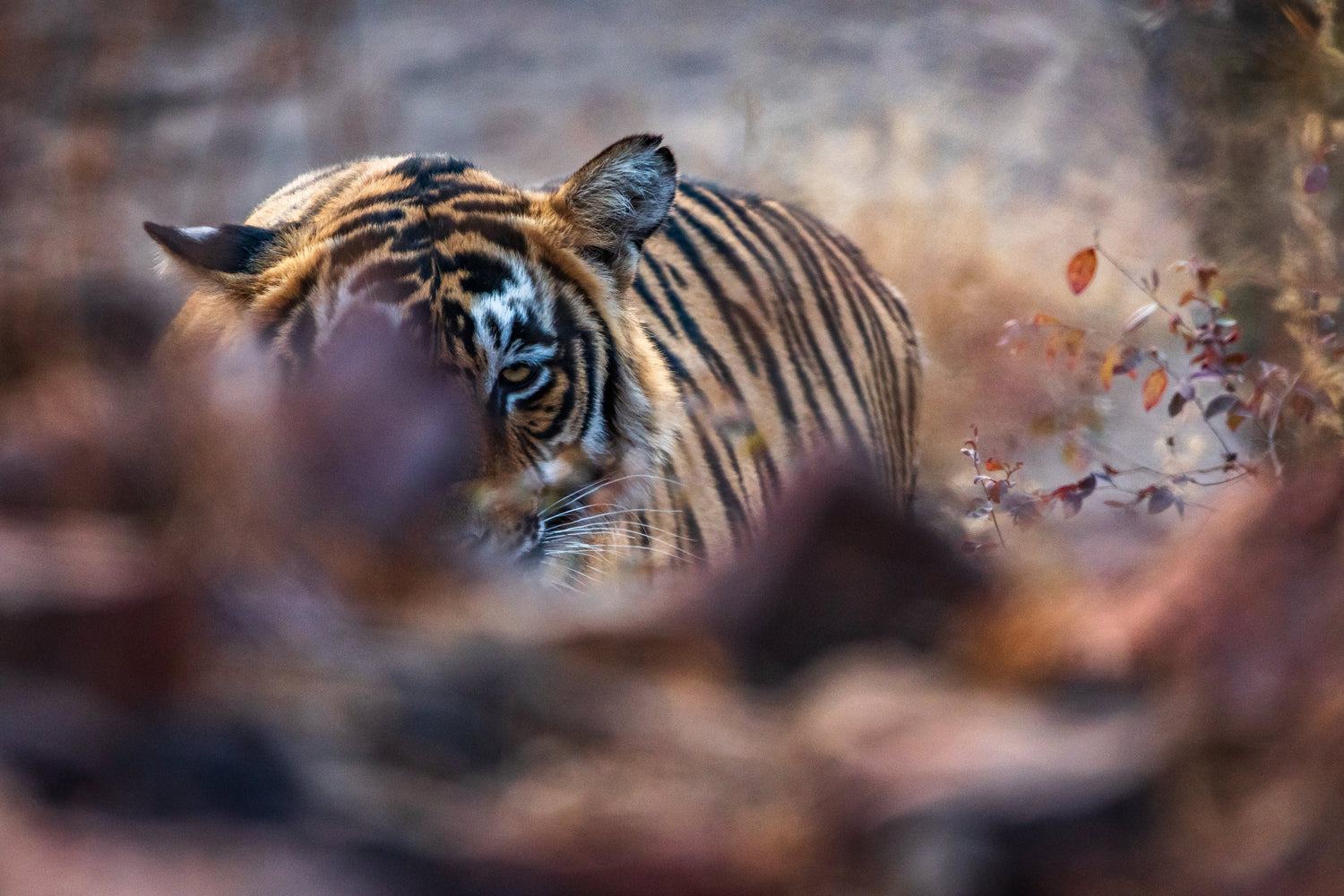
The Enduring Allure of Animal Prints in Fashion
Animal prints have prowled the fashion world for centuries, captivating designers and style enthusiasts alike. From the regal courts of ancient civilizations to the runways of today, these bold patterns have remained a powerful symbol of luxury, strength, and self-expression. Let’s dive into the fascinating journey of how animal prints have influenced fashion and continue to make their mark.
A Walk on the Wild Side: The Origins
Animal prints trace their origins to ancient times, when real animal pelts were worn as symbols of power and status. Tribal leaders, warriors, and royalty adorned themselves with leopard, tiger, and zebra skins, signifying bravery, dominance, and wealth. In some cultures, these prints also carried spiritual significance, believed to embody the strength and mystique of the animals themselves.
As global trade expanded, animal-patterned textiles began to emerge, allowing those without access to exotic pelts to replicate the look. By the 18th and 19th centuries, animal prints became synonymous with opulence, appearing in aristocratic homes as décor and eventually on garments as a daring fashion statement.
The Rise of Animal Prints in Modern Fashion
The 20th century saw animal prints solidify their place in the world of fashion. Christian Dior’s “Jungle” collection in 1947 was a pivotal moment, showcasing leopard-print dresses that exuded elegance and sensuality. Soon, Hollywood icons like Marilyn Monroe, Elizabeth Taylor, and Eartha Kitt adopted animal prints, elevating their allure as a symbol of glamour and confidence.
By the 1960s and 70s, animal prints became a staple of counterculture fashion. These bold patterns were embraced by rock stars and rebels, reflecting a sense of individuality and nonconformity. Designers like Roberto Cavalli further popularized the print, pushing boundaries with extravagant, head-to-toe animal-patterned ensembles.
Animal Prints Today: A Timeless Trend
In today’s fashion world, animal prints are more versatile than ever, appearing in everything from haute couture to streetwear. Designers continually reinvent these patterns, blending them with modern silhouettes, vibrant colors, and unexpected textures. Iconic prints like leopard, zebra, and snakeskin have become wardrobe staples, whether as statement pieces or subtle accents.
Beyond clothing, animal prints have also influenced accessories, footwear, and even beauty trends, appearing on handbags, boots, and nail art. The adaptability of these patterns ensures their enduring appeal, transcending seasons and style genres.
The Cultural and Symbolic Impact
Animal prints are more than just patterns; they carry a rich cultural narrative. They evoke the untamed beauty of nature and the idea of embracing one’s wild side. Wearing animal prints often symbolizes confidence, boldness, and an adventurous spirit.
In addition, the shift toward sustainability in fashion has influenced how animal prints are produced and perceived. Faux animal prints, crafted from sustainable materials, allow consumers to celebrate these iconic patterns without harming wildlife, aligning style with ethics.
Why We Can’t Resist Them
The enduring popularity of animal prints lies in their unique ability to balance boldness and sophistication. They allow wearers to express their individuality while remaining timelessly chic. Whether paired with neutral tones for understated elegance or styled with vibrant colors for a daring look, animal prints always make a statement.
Conclusion: A Legacy of Bold Expression
Animal prints have left an indelible mark on the fashion world, evolving from ancient symbols of power to modern icons of style. As designers continue to reinterpret these patterns, they remain a testament to our fascination with the natural world and our desire to channel its strength and beauty through fashion.
Whether you’re embracing your inner fashionista or simply adding a touch of wild charm to your wardrobe, animal prints will always have a place in the ever-changing tapestry of style.





